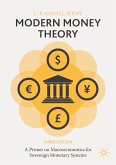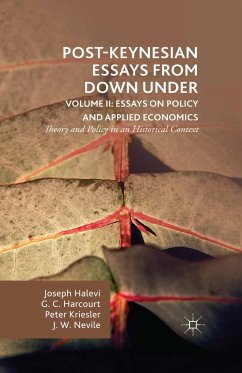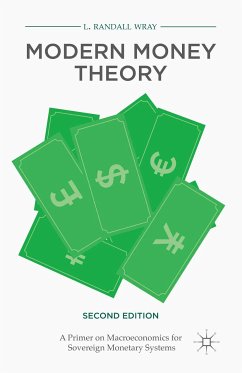Theoretical and Empirical Approaches
2nd Edition
by Apostolos Serletis
This book provides an account of the existing literature on the demand for money. It shows how the money demand function fits into static and dynamic macroeconomic analyses and discusses the problem of the definition (aggregation) of money. Professor Serletis takes a microeconomic- and aggregation-theoretic approach to the demand for money, presents empirical evidence using recent state-of-the-art econometric methodology, and recognizes the existence of unsolved problems and the need for further developments.
New to this Edition
- increased coverage of theoretical and empirical approaches to the demand for money, including a new chapter on cross-country evidence
- a new chapter on money demand issues and estimation of the welfare cost of inflation using tools from public finance and applied microeconomics
- a new chapter on rational expectations macroeconomics and issues such as the Lucas critique, rules versus discretion, and time inconsistency
- increased coverage of the univariate and multivariate properties of the money demand variables, nonlinear chaotic dynamics, and self-organized criticality
- revised coverage of monetary asset demand systems based on locally and globally flexible functional forms
- increased coverage of the econometrics of demand systems highlighting the challenge inherent with achieving both economic and econometric regularity
"This new edition of The Demand for Money contains the tools and the direction needed for future productive advances in monetary economics. There is no clearer or more comprehensive road map to the field's "high road" research."
-William A. Barnett, Oswald Distinguished Professor of Macroeconomics, University of Kansas, and Editor of the journal, Macroeconomic Dynamics
"The second edition contains new theoretical and empirical results on the theory of the demand for money. Serletis expands on the base that he created in his first edition. New results on the estimation of flexible monetary asset demand systems are included in this edition as well as new time series econometric techniques. This book is a significant contribution to macroeconomics, and provides a basis for graduate students from which they can start their own research."
-Melvin J. Hinich, Department of Government & Department of Economics, The University of Texas at Austin
Dieser Download kann aus rechtlichen Gründen nur mit Rechnungsadresse in A, B, BG, CY, CZ, D, DK, EW, E, FIN, F, GR, HR, H, IRL, I, LT, L, LR, M, NL, PL, P, R, S, SLO, SK ausgeliefert werden.
Hinweis: Dieser Artikel kann nur an eine deutsche Lieferadresse ausgeliefert werden.









